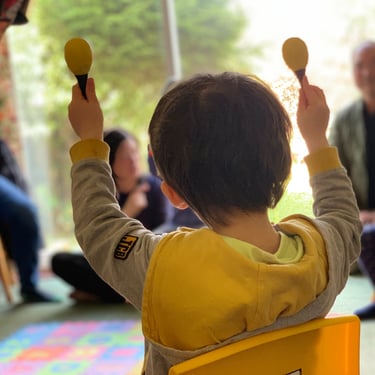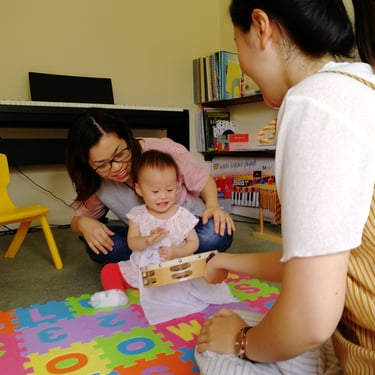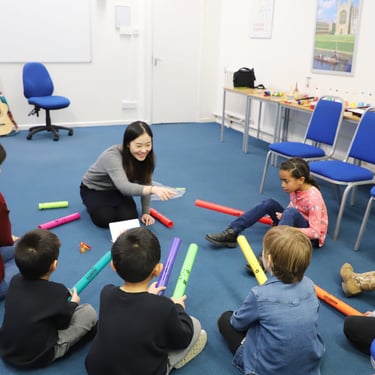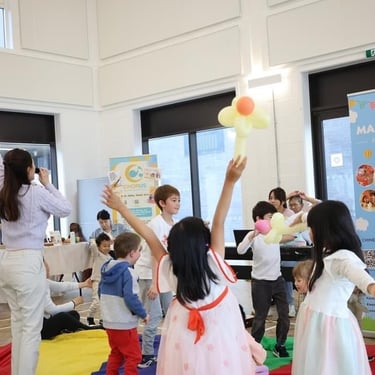10 Tips for Using Music to Help Older Adults with Dementia


Understanding the Power of Music for Dementia Care
Music has long been recognized for its therapeutic value, especially in aiding older adults with dementia. As cognitive challenges progress, familiar tunes can evoke memories and emotions, helping to improve quality of life. In this blog post, we will explore ten practical tips for using music effectively in dementia care.
Create Personalized Playlists
One of the most impactful ways to use music with individuals suffering from dementia is to create personalized playlists. Select songs from the person’s past or favorite genres to evoke positive memories. Utilizing tools like Spotify or creating a simple CD can make this process enjoyable and accessible.
Incorporate Music into Daily Routines
Integrating music into daily routines can create a comforting environment for older adults. Consider playing soothing music during activities such as mealtimes or personal care tasks. This not only improves mood but can also make the tasks more enjoyable and less stressful.
Engage Through Singing and Movement
Encouraging older adults to sing along or move to the beat can enhance their engagement. Music often triggers memories linked to past experiences, and the act of singing or dancing can help facilitate communication. Even simple gestures, like swaying or tapping feet, can provide a sense of joy.
Use Music for Relaxation and Stress Relief
Playing soft or classical music in the background can promote relaxation and reduce anxiety, making it an essential tool in dementia care. When individuals with dementia feel overwhelmed, calming music can provide comfort and reassurance.
Host Music Listening Sessions
Organizing group music listening sessions can foster social connections among individuals with dementia. Sharing experiences and discussing songs can create a sense of community, allowing participants to reminisce and bond over their shared love for music.
Explore Different Music Genres
Don’t hesitate to explore various music genres. While some may prefer classical or jazz, others might enjoy country, rock, or folk music. This diversity can help cater to individual preferences, ensuring everyone can find joy through music.
Utilize Technology for Convenient Music Access
Leveraging technology can enhance accessibility to music. Simple devices, like tablets or smart speakers, can provide instant access to a wide range of songs. Consider using voice commands to play specific songs or playlists, making it easy for caregivers and loved ones to facilitate music experiences.
Combine Music with Other Activities
Music can be seamlessly integrated with various activities, such as arts and crafts or gardening. Combining these activities with music creates a multidimensional experience that stimulates creativity and cognitive function.
Pay Attention to Emotional Reactions
Observing how individuals respond to different songs or styles of music can provide insight into what resonates with them. If you notice a significant emotional reaction to a specific genre or song, consider incorporating it more frequently into their routine.
Be Patient and Flexible
Lastly, it’s crucial to be patient and flexible when using music with older adults. Their preferences may change, and some songs might evoke varied emotions. Being adaptable allows caregivers to provide an enriching and supportive music experience tailored to the individual’s needs.
Music Therapy at Care Homes
At Chorus Music Therapy, we bring these principles to life by offering tailored music therapy sessions in care homes, designed around the unique needs and preferences of each resident. Our sessions combine live music-making, singing, and movement to foster connection, reduce stress, and spark joyful memories. For more information or to book a trial session, please contact Cloris at info@chorusmusictherapy.co.uk.




